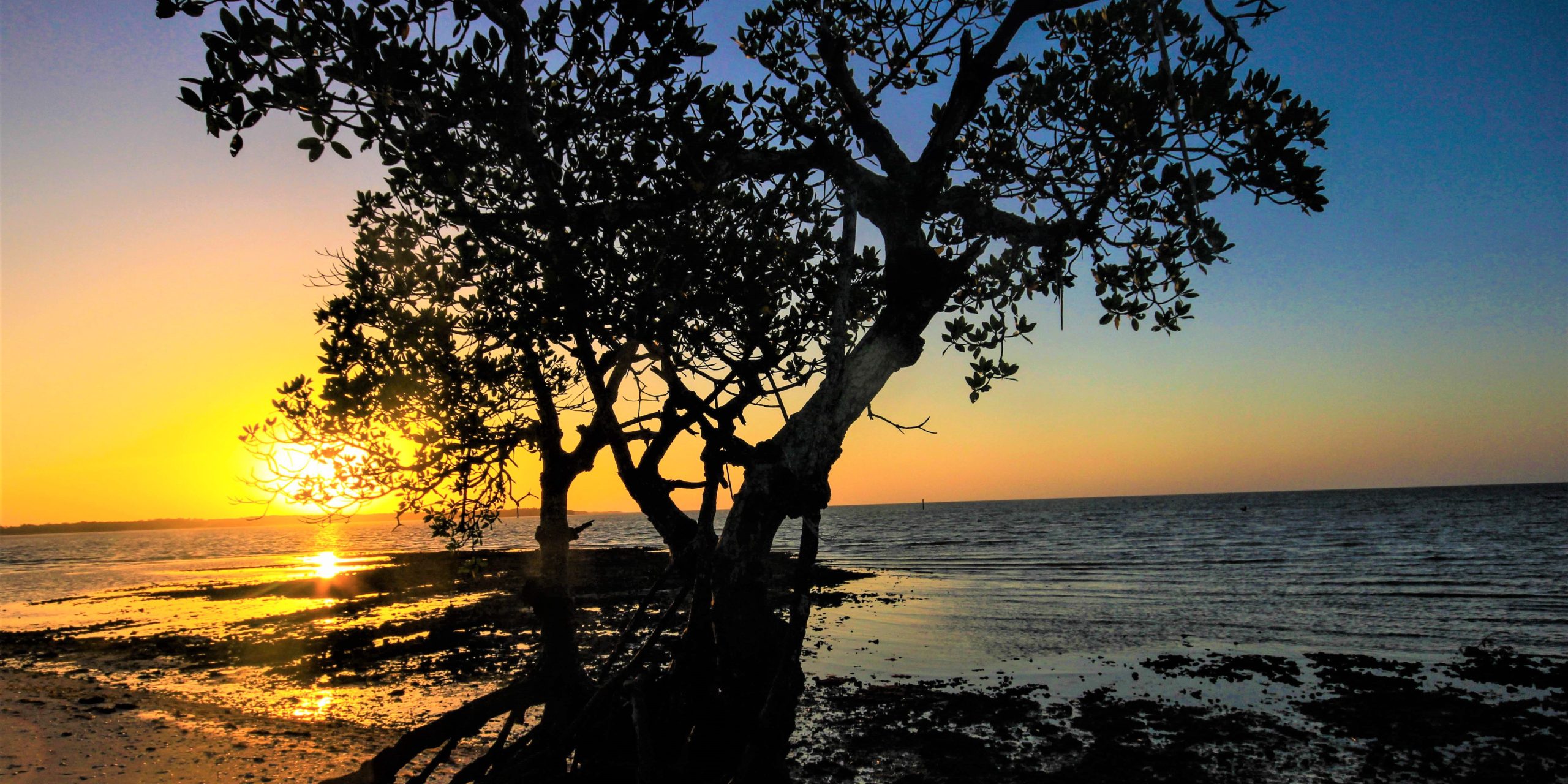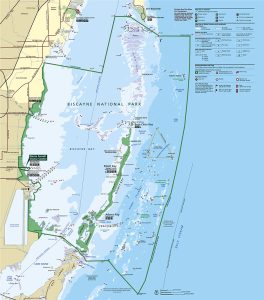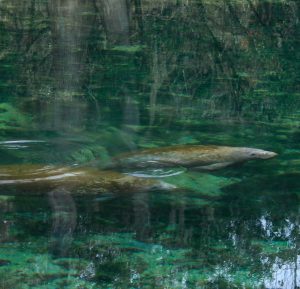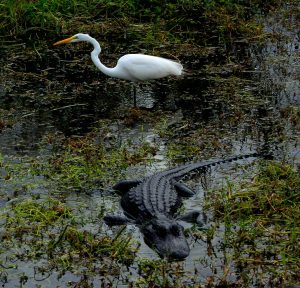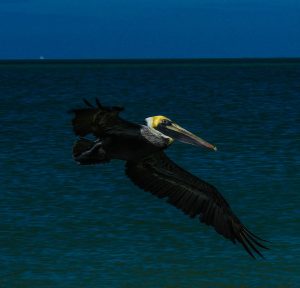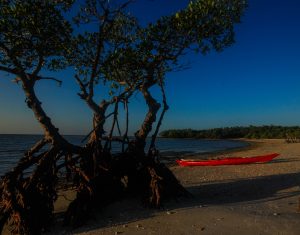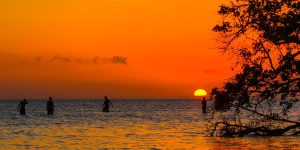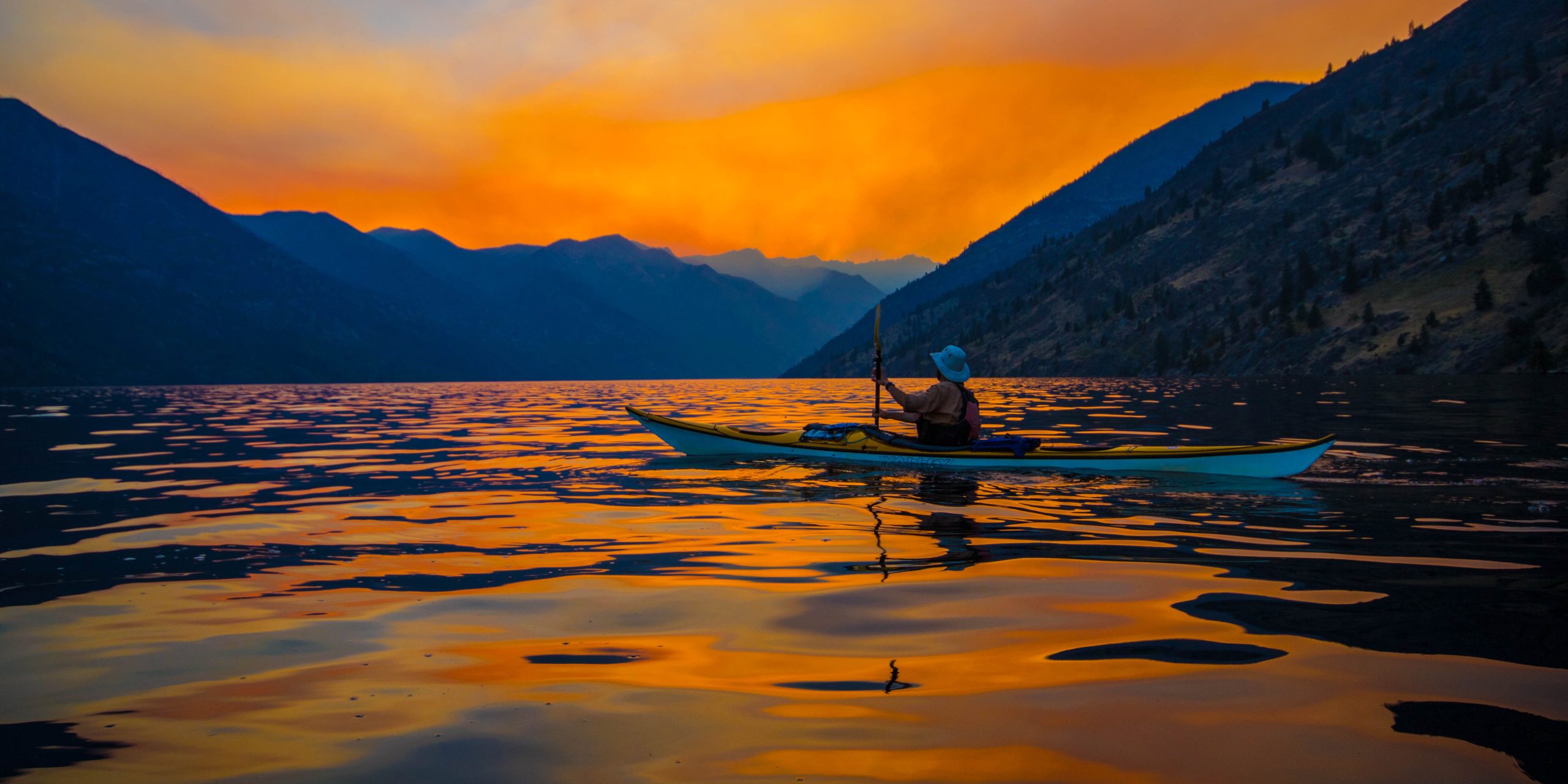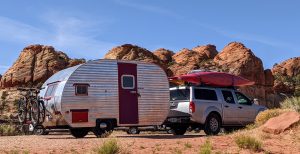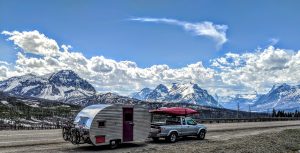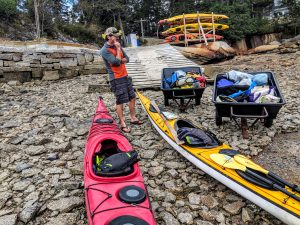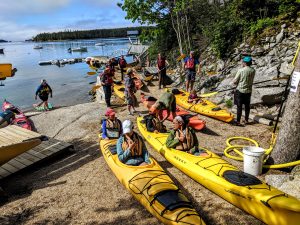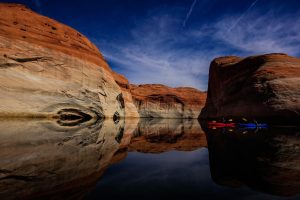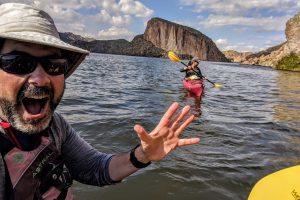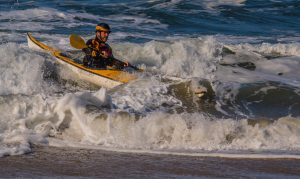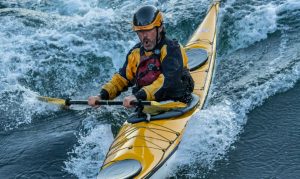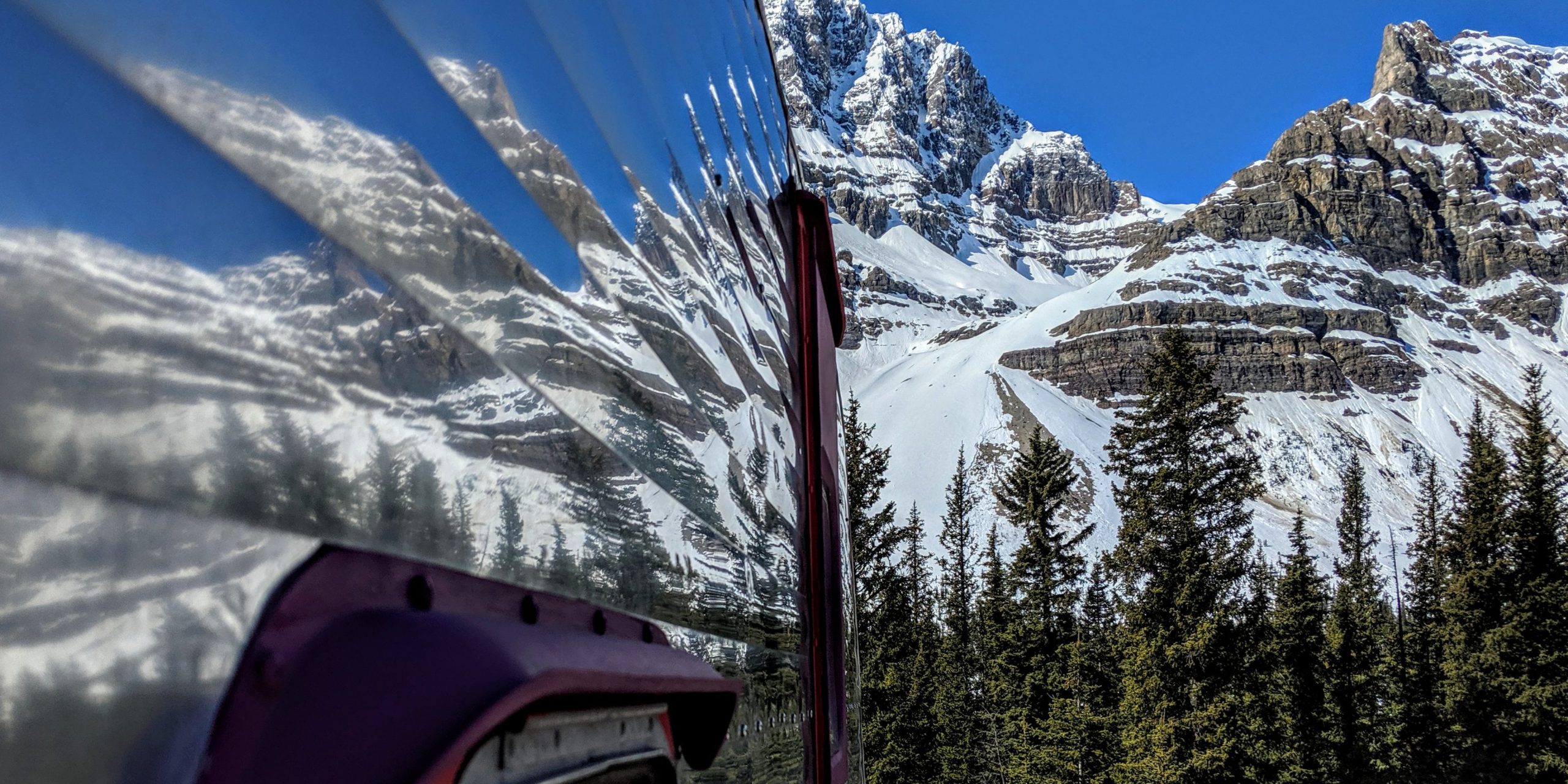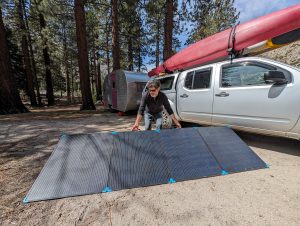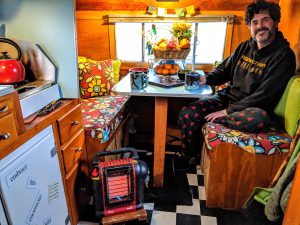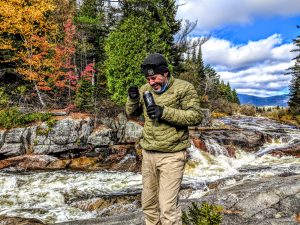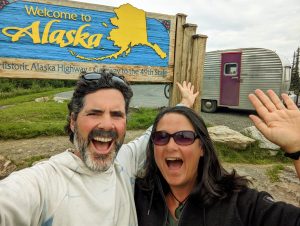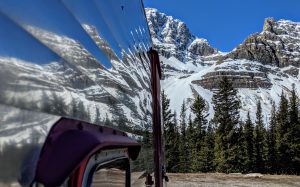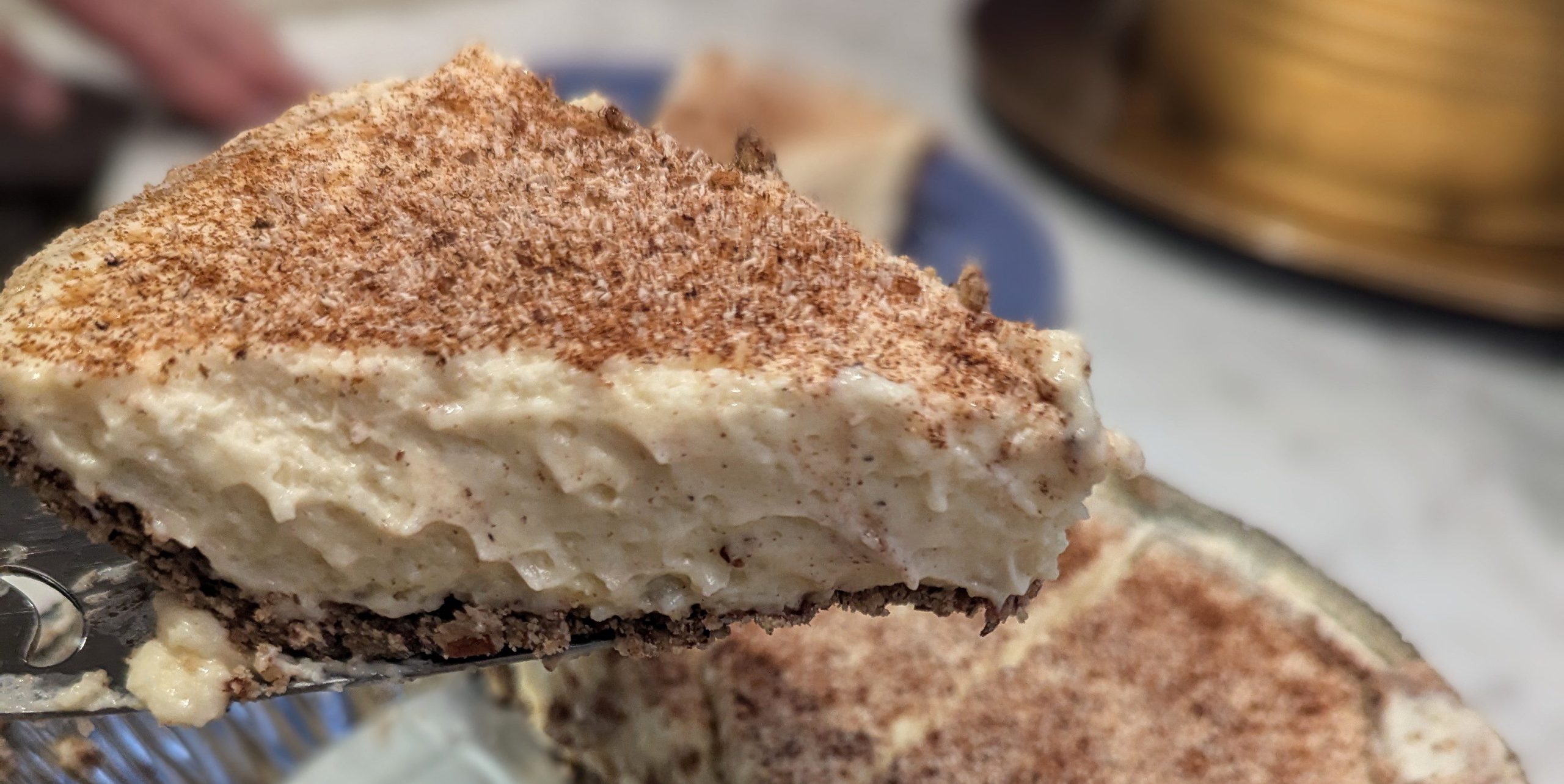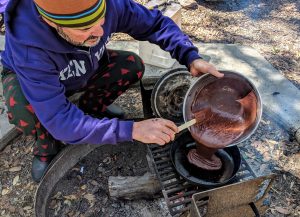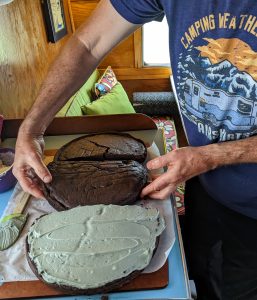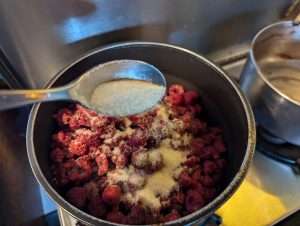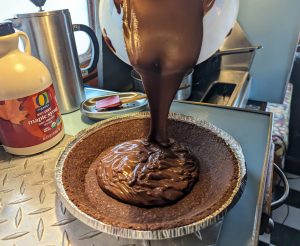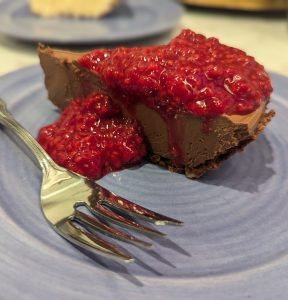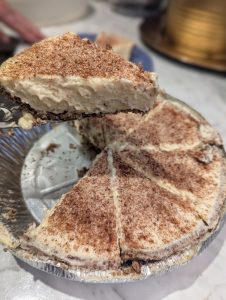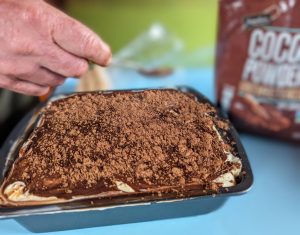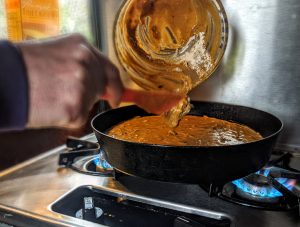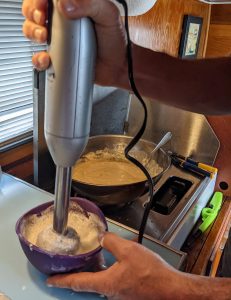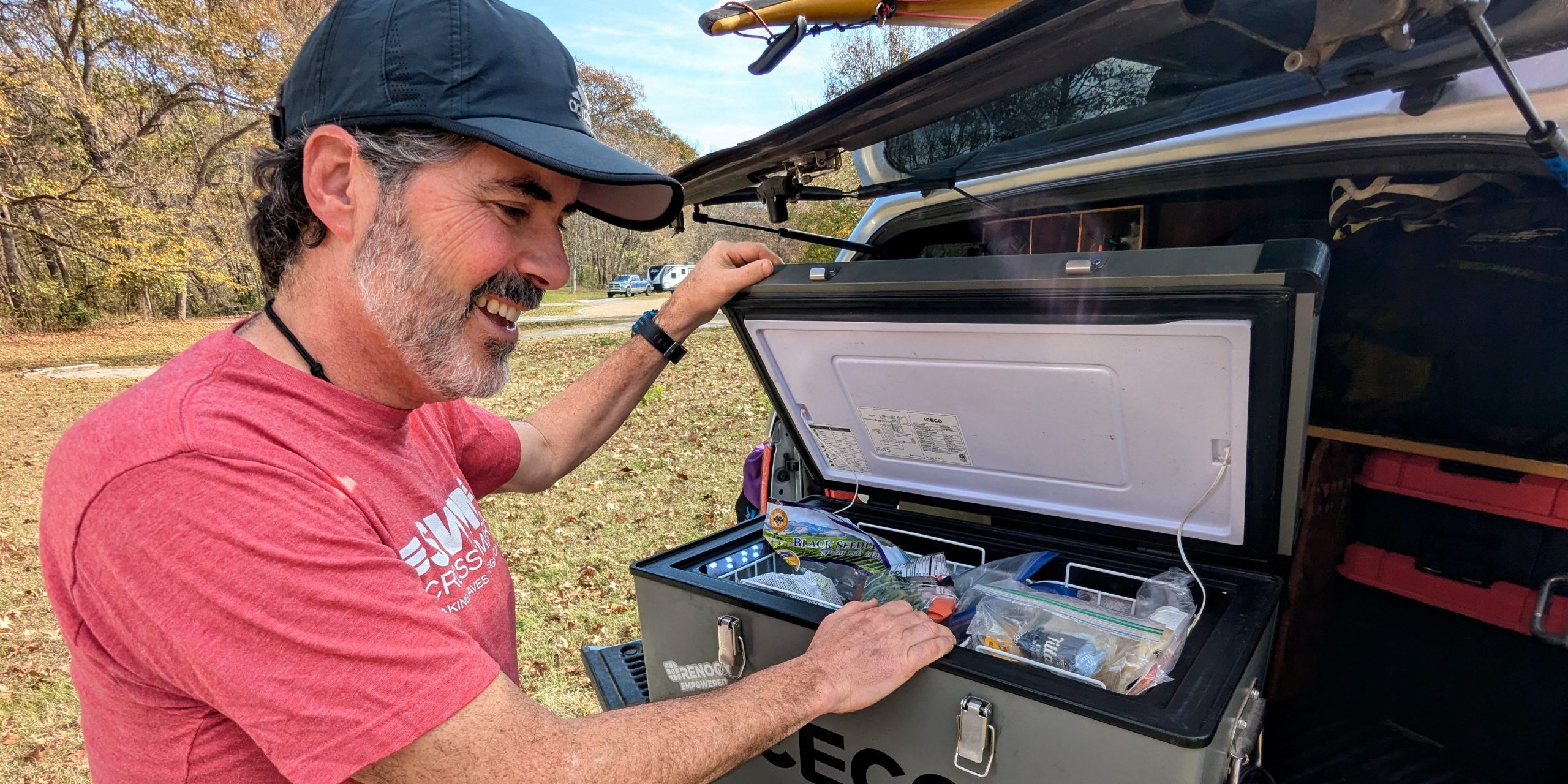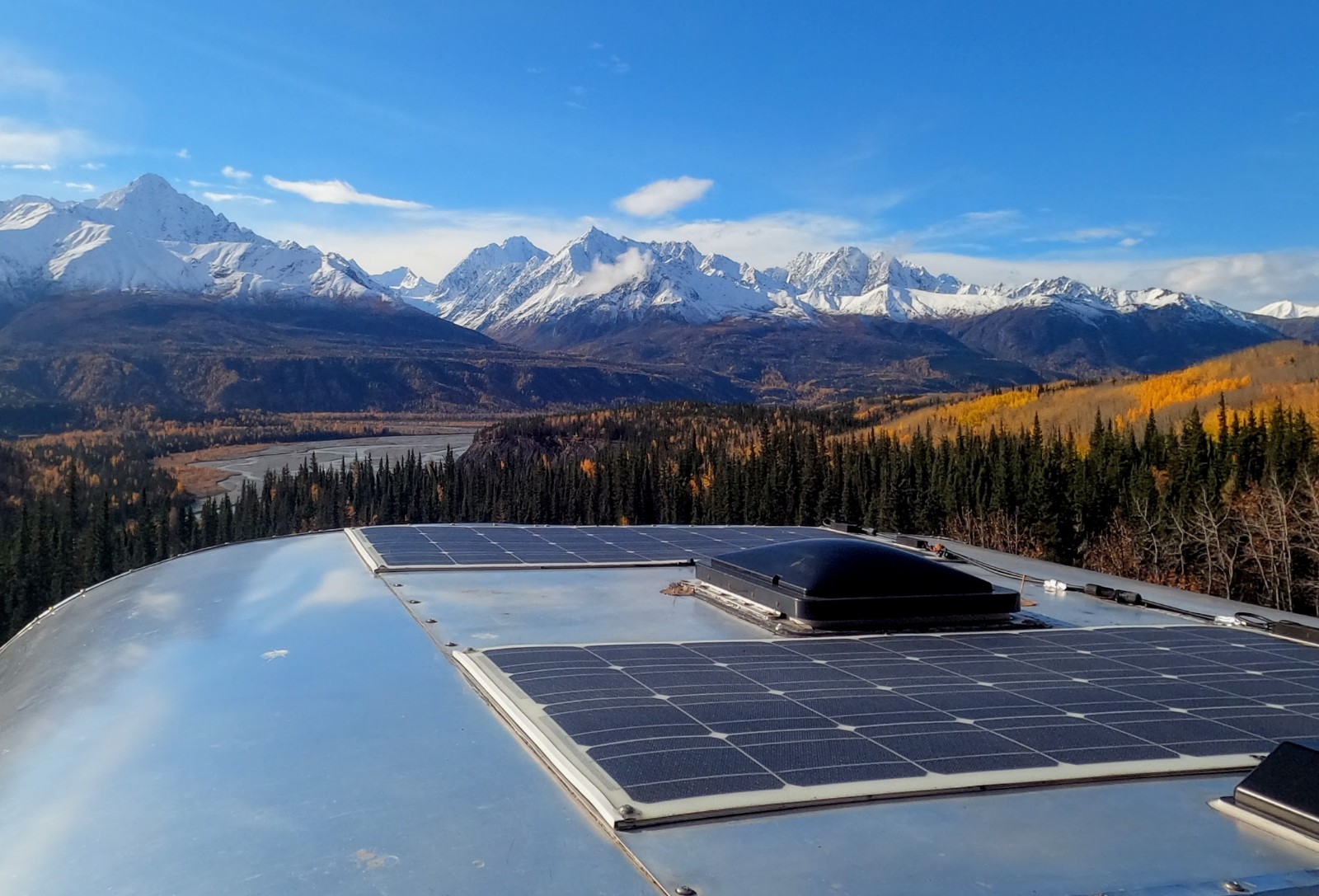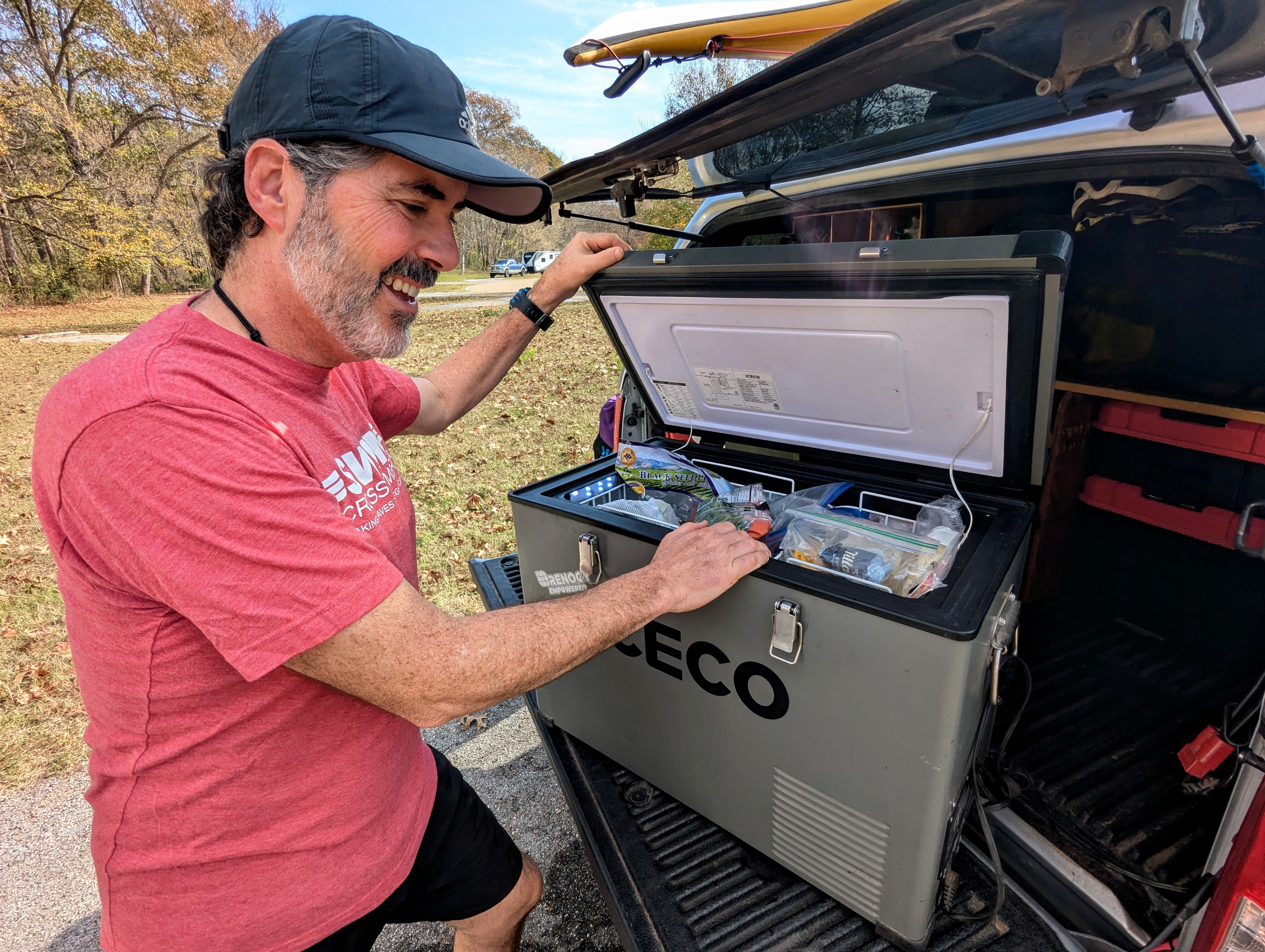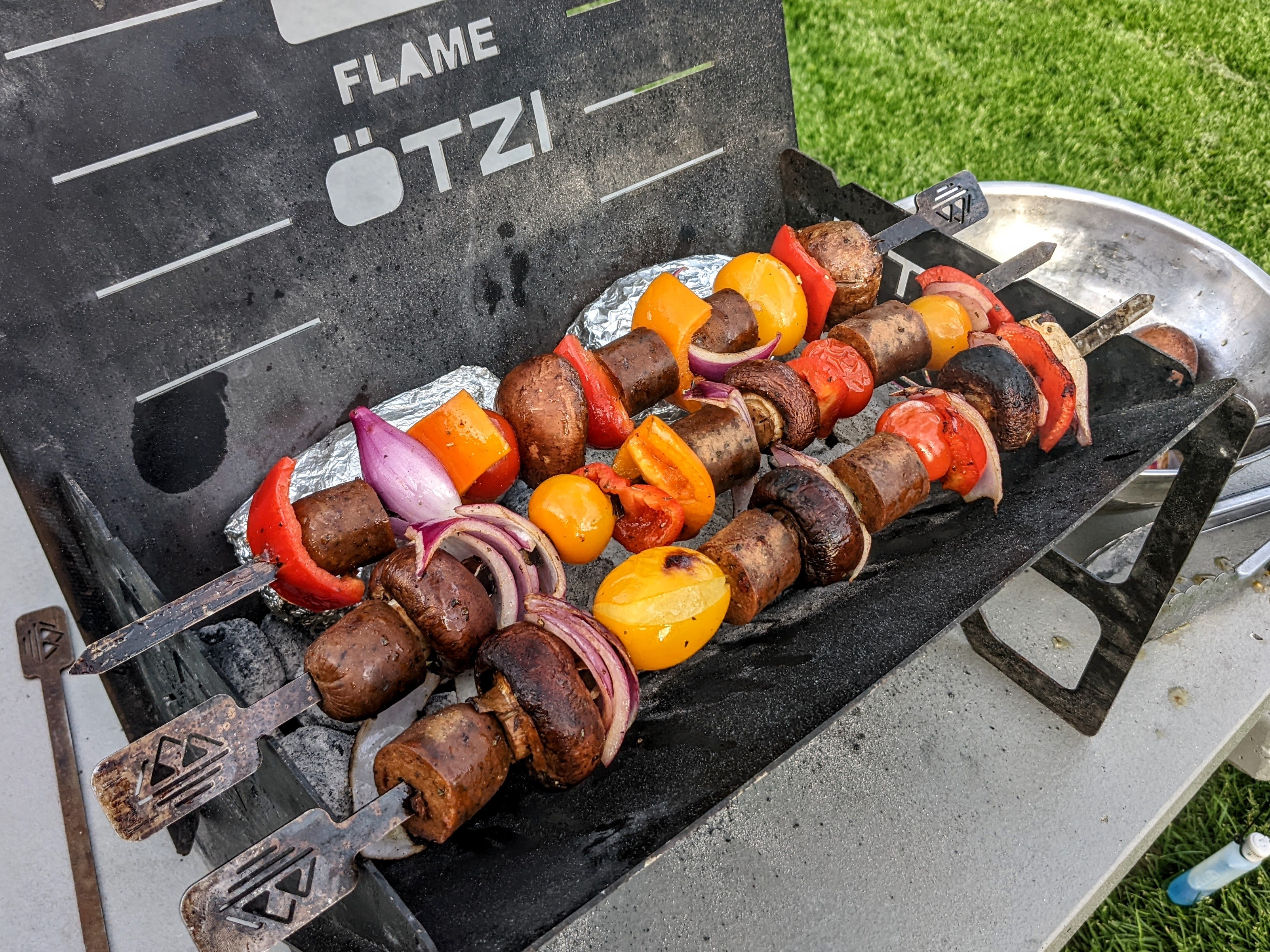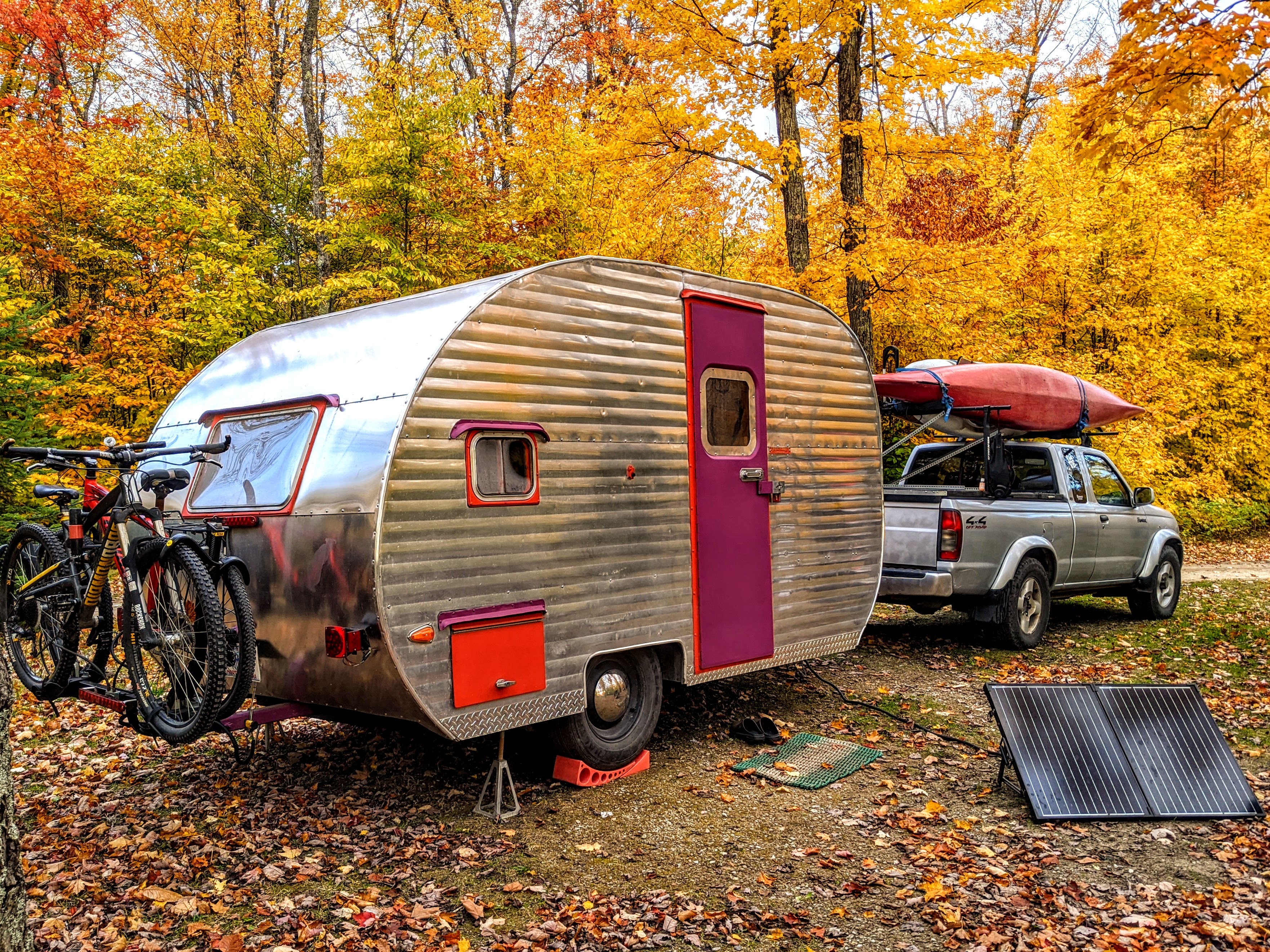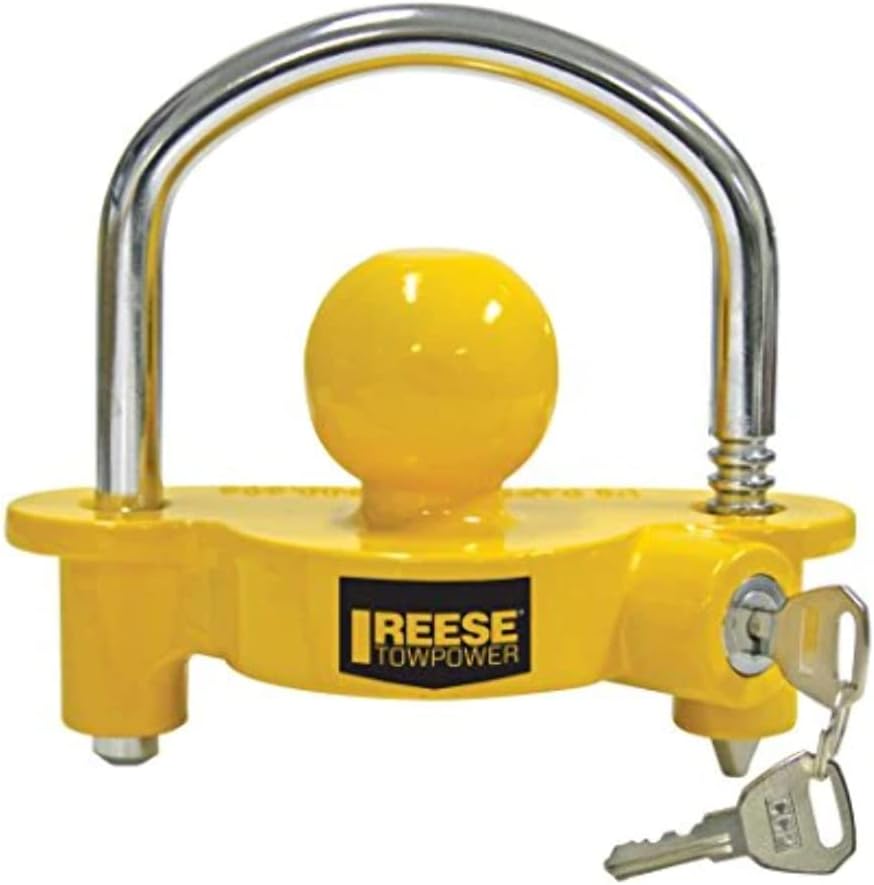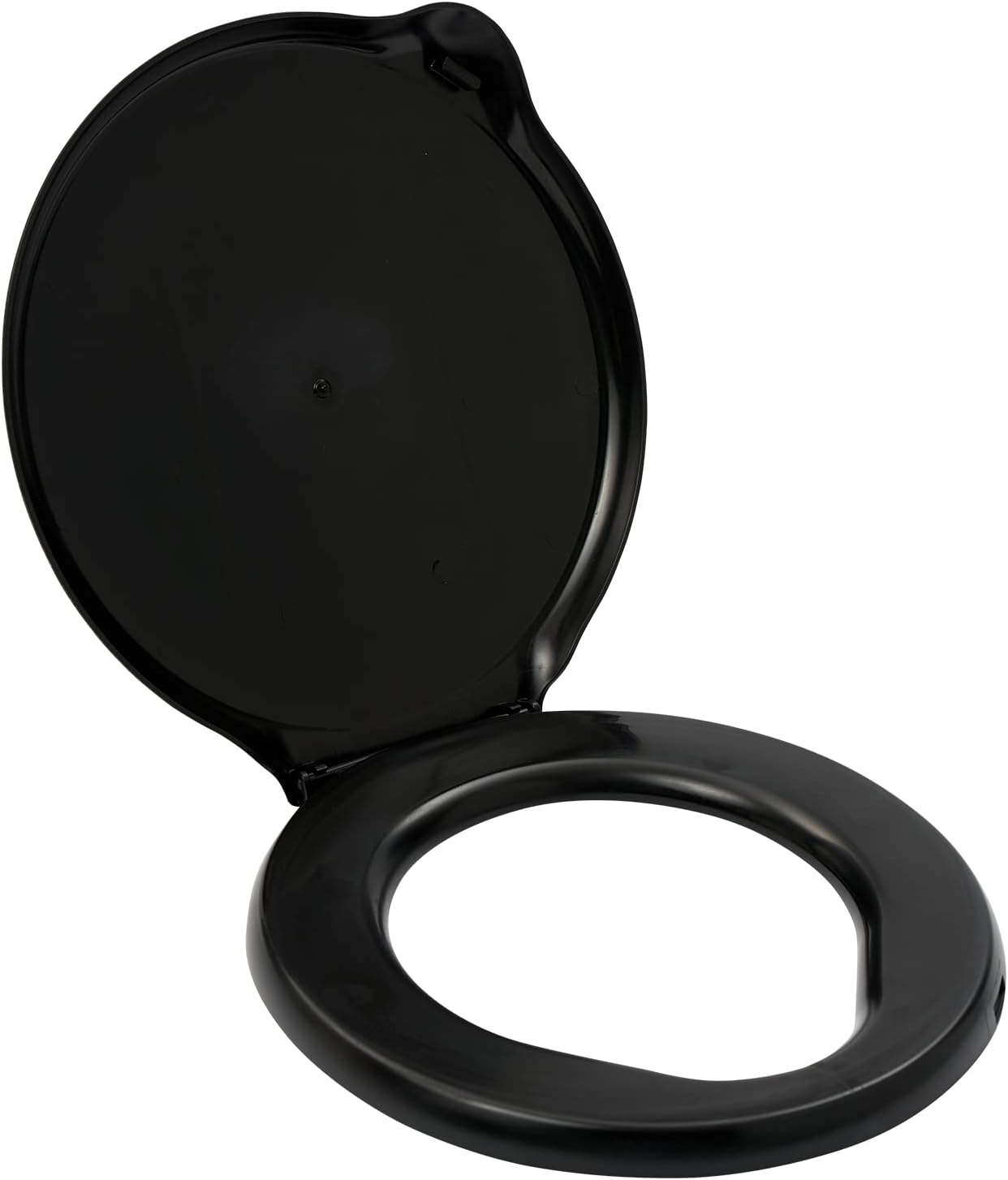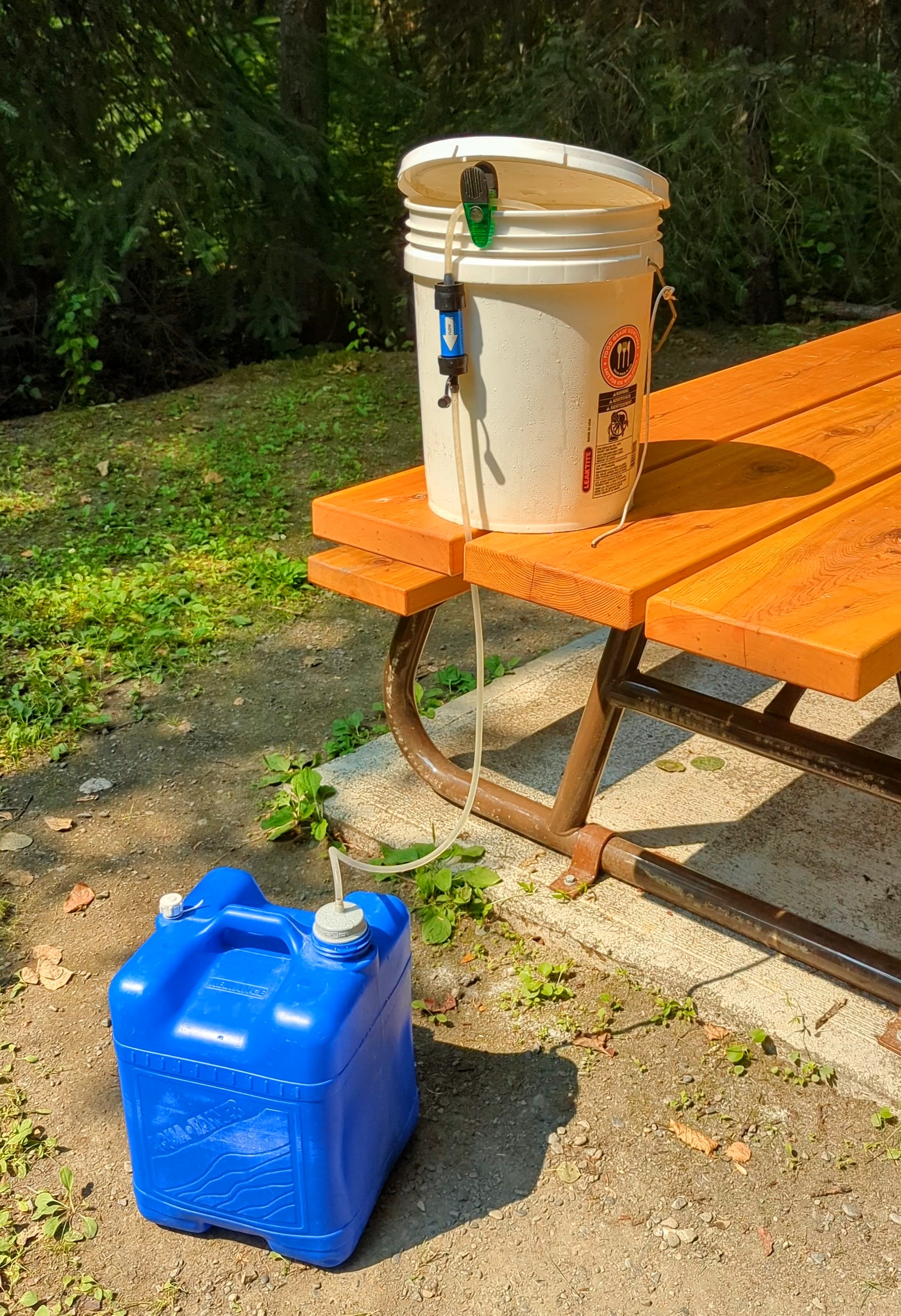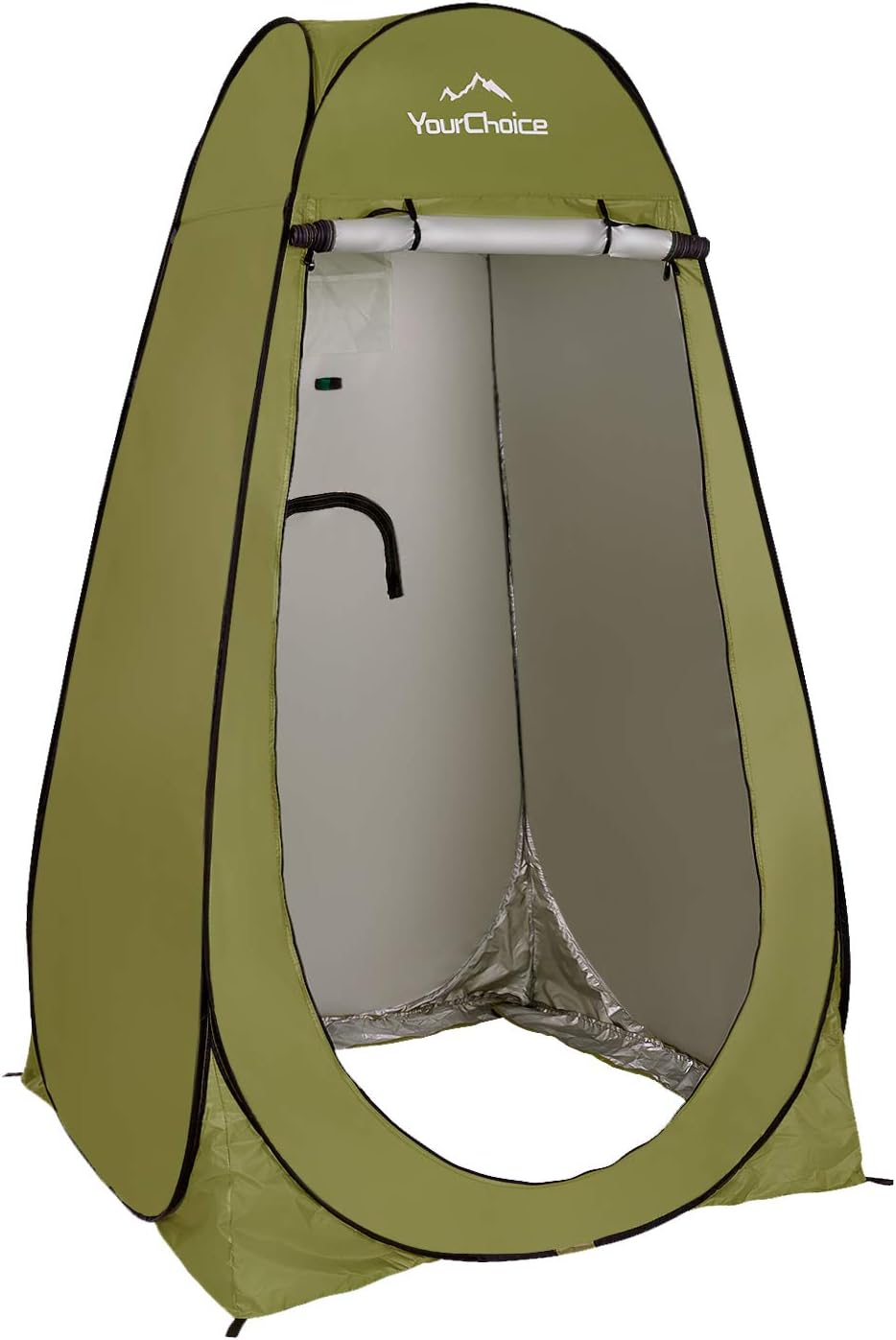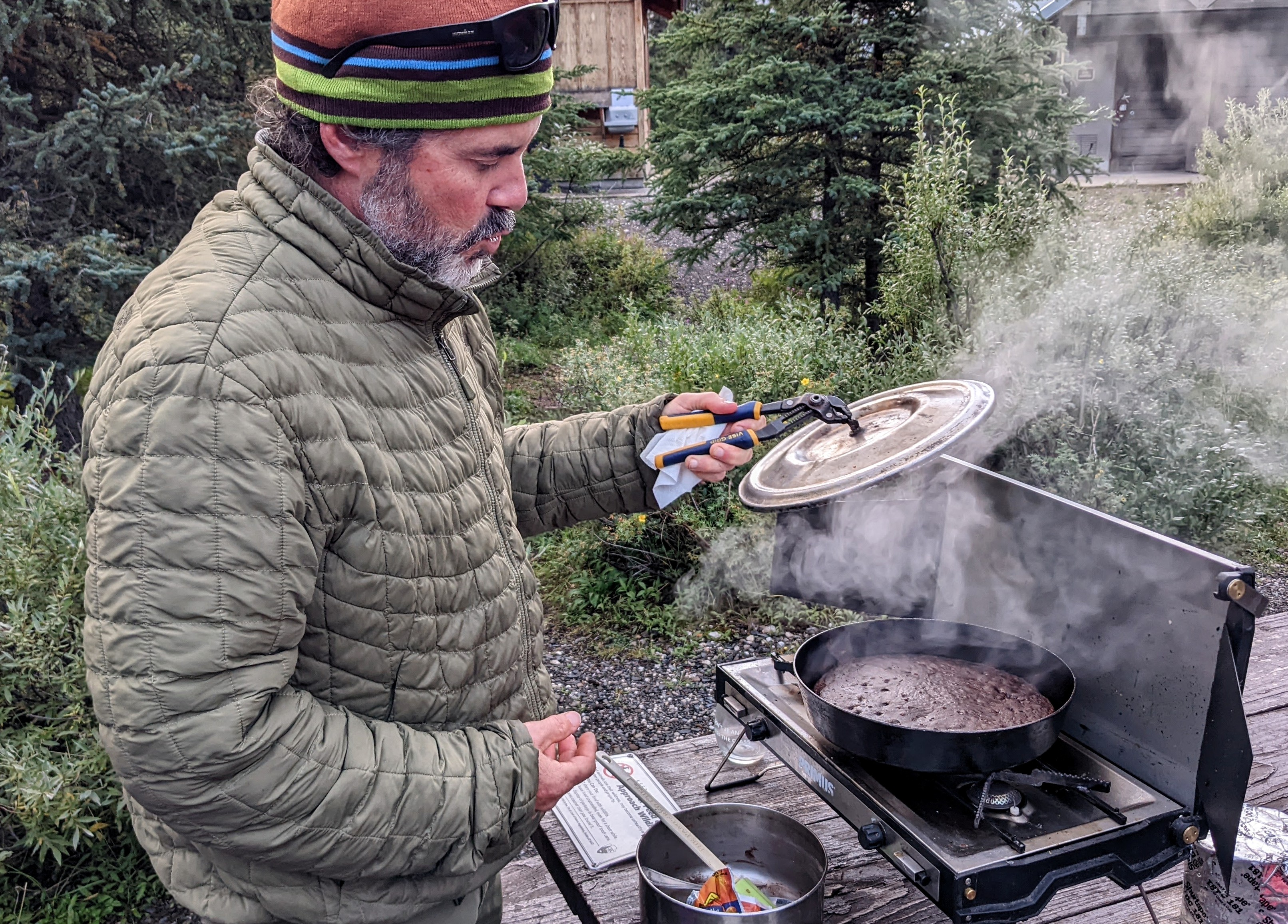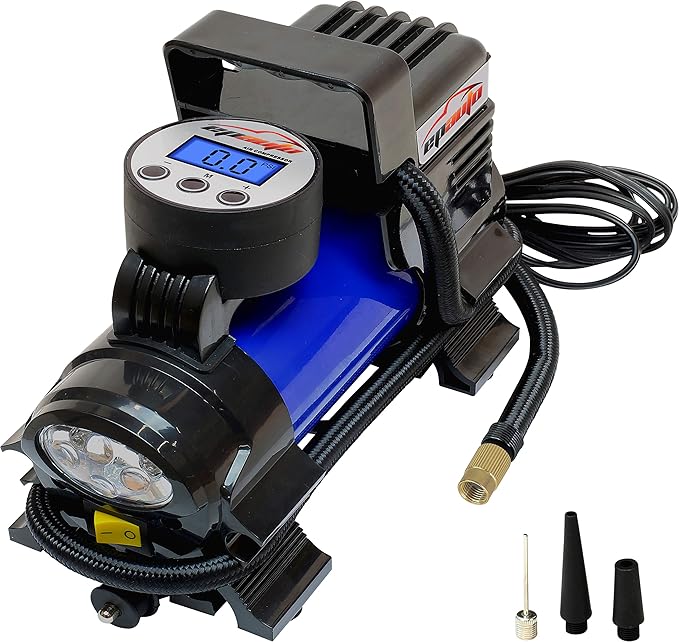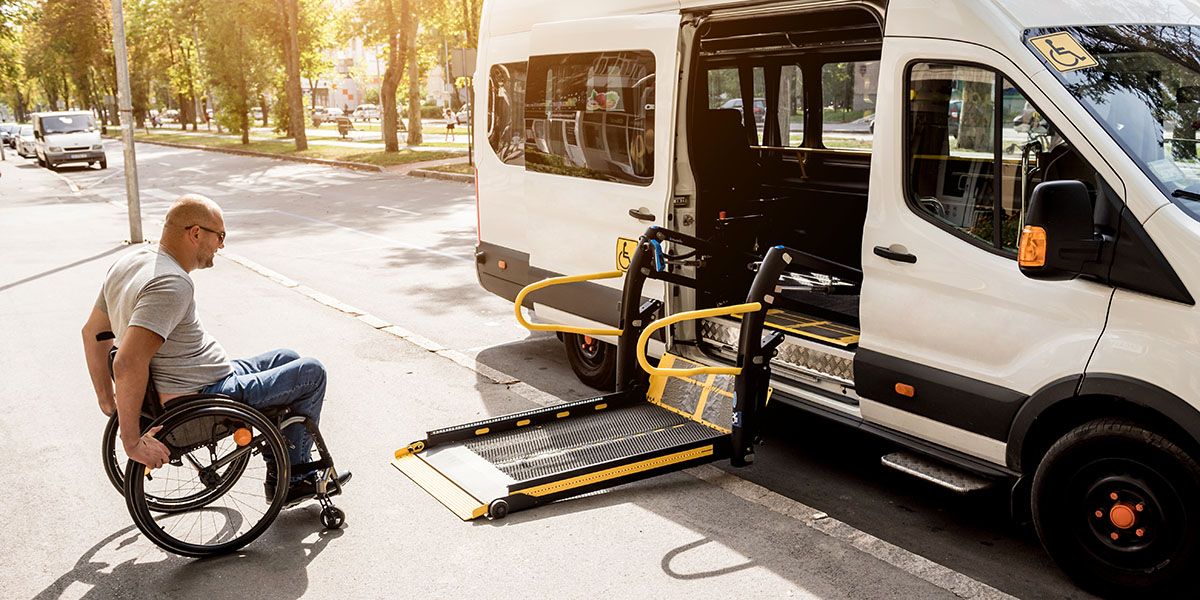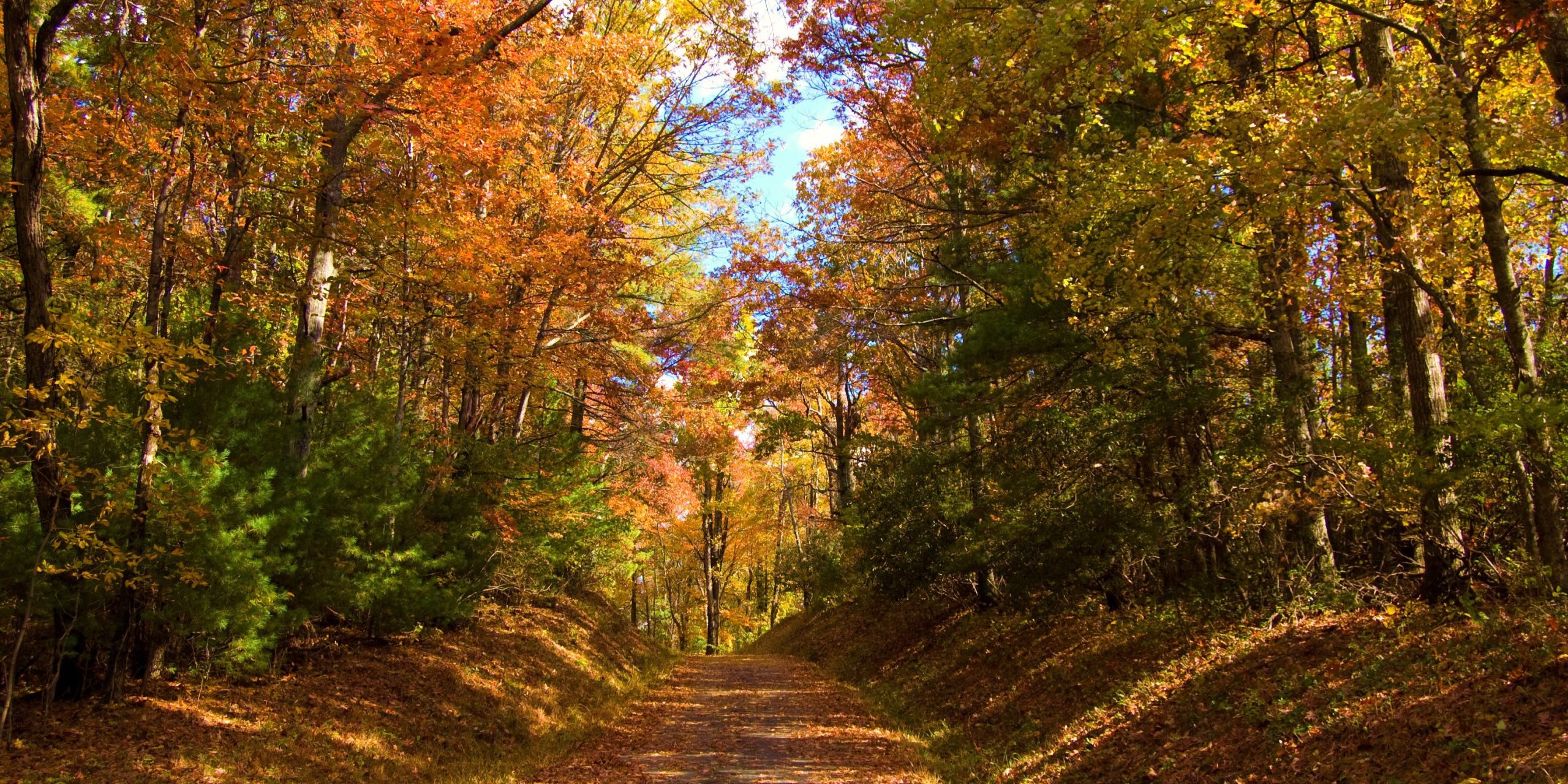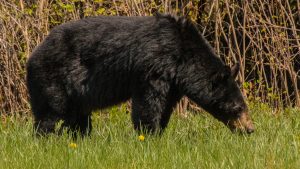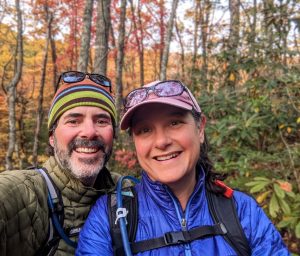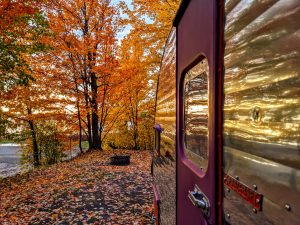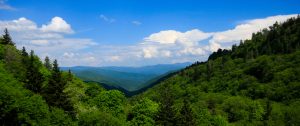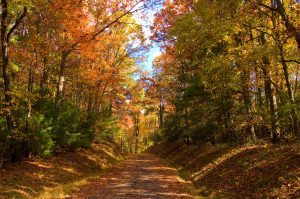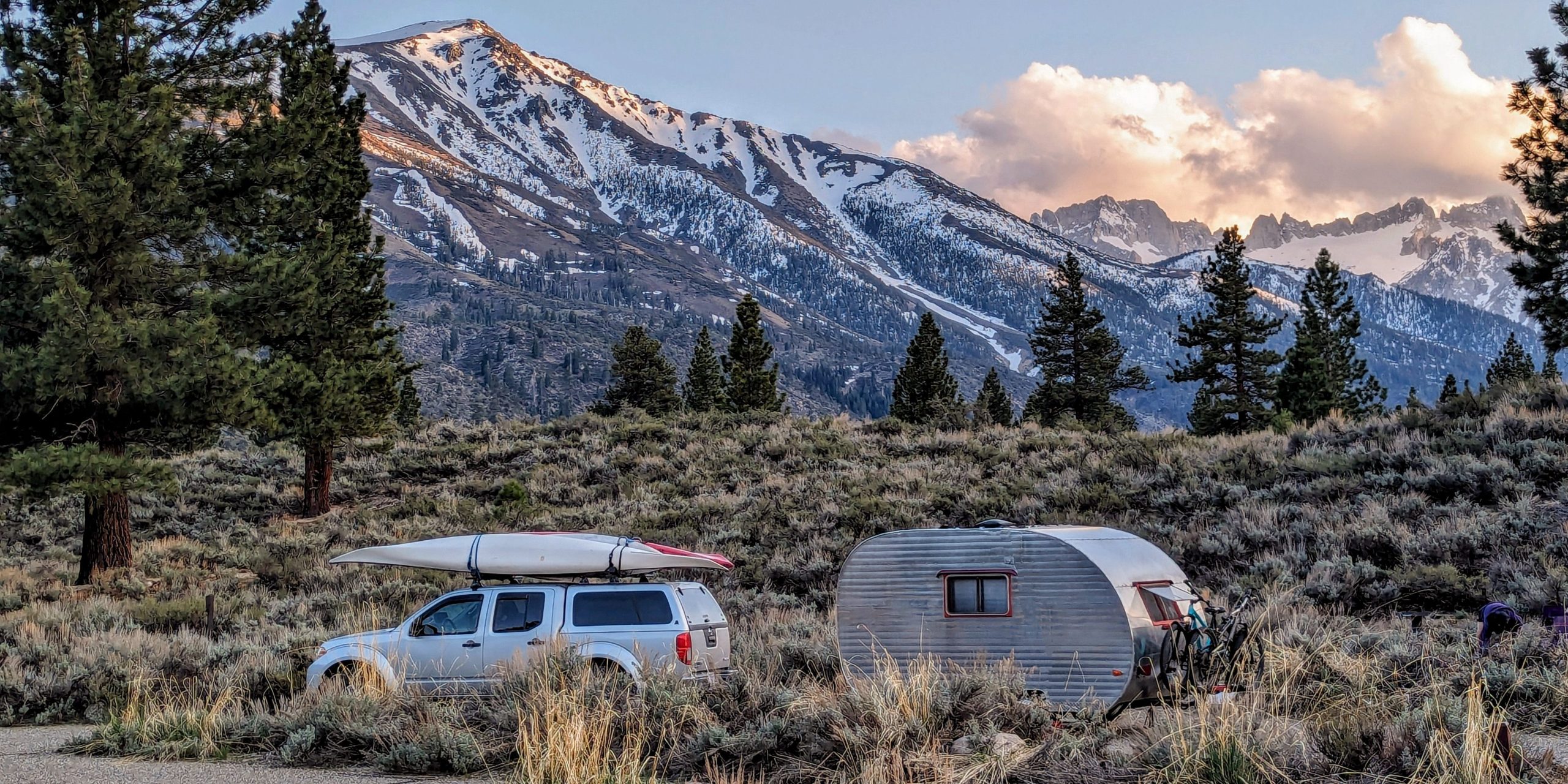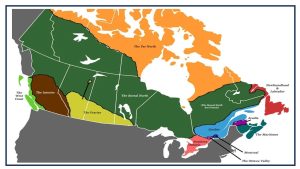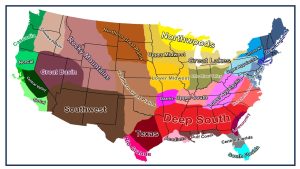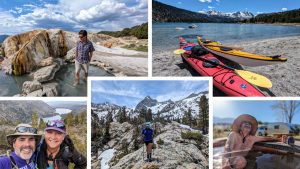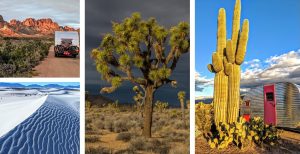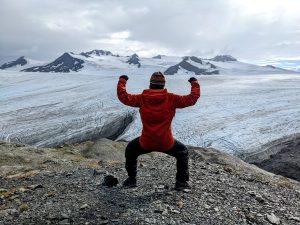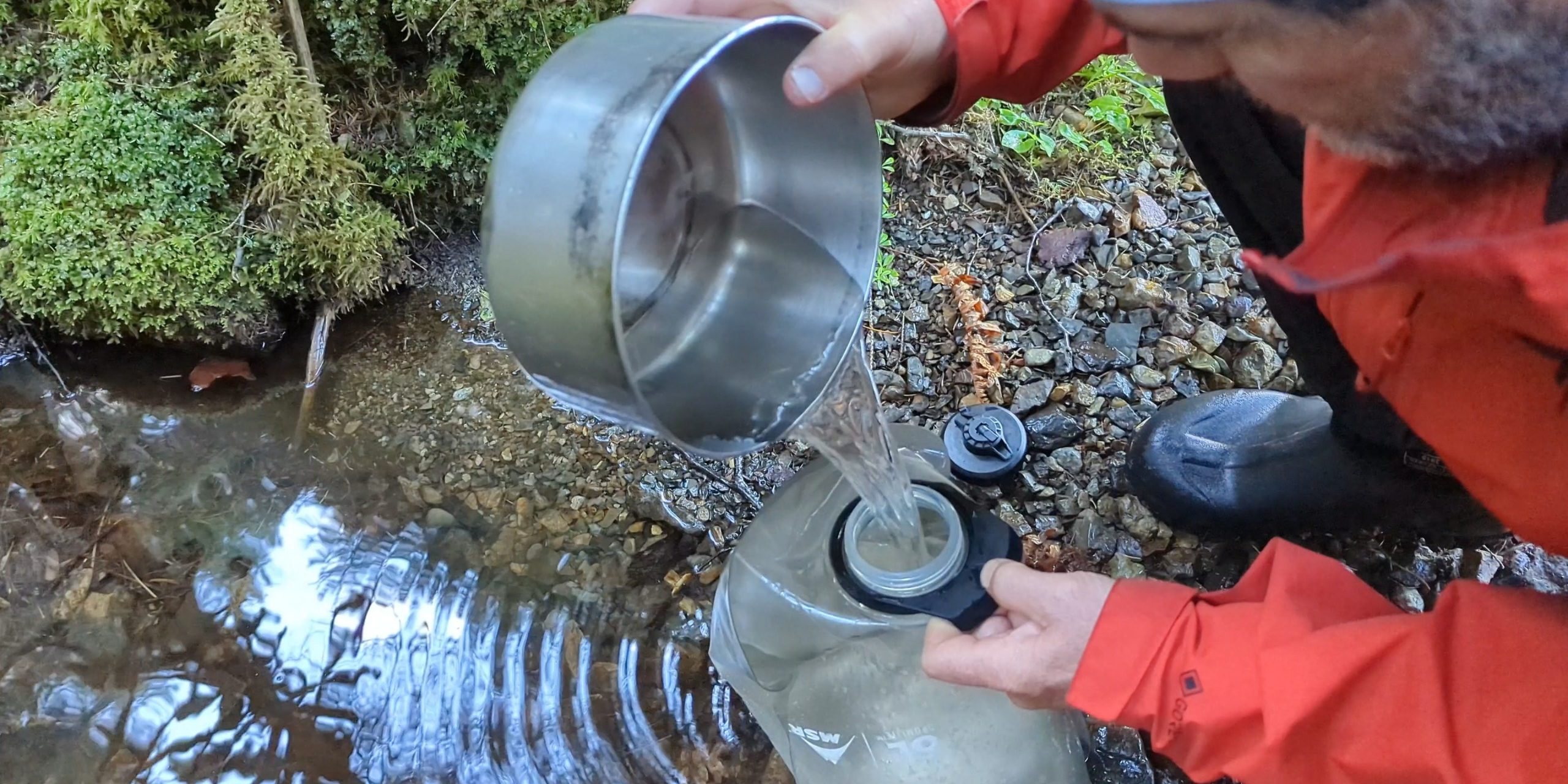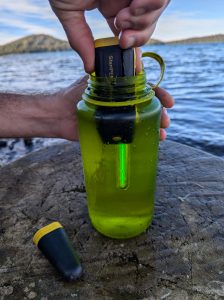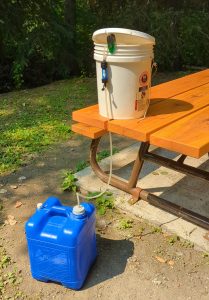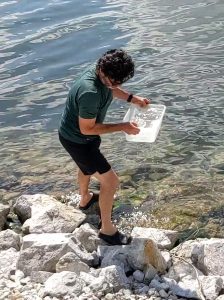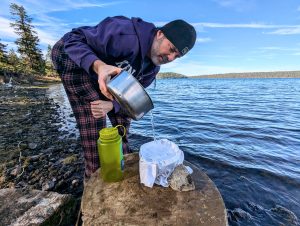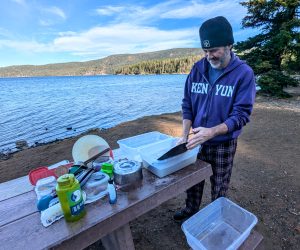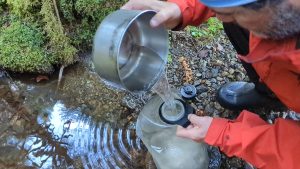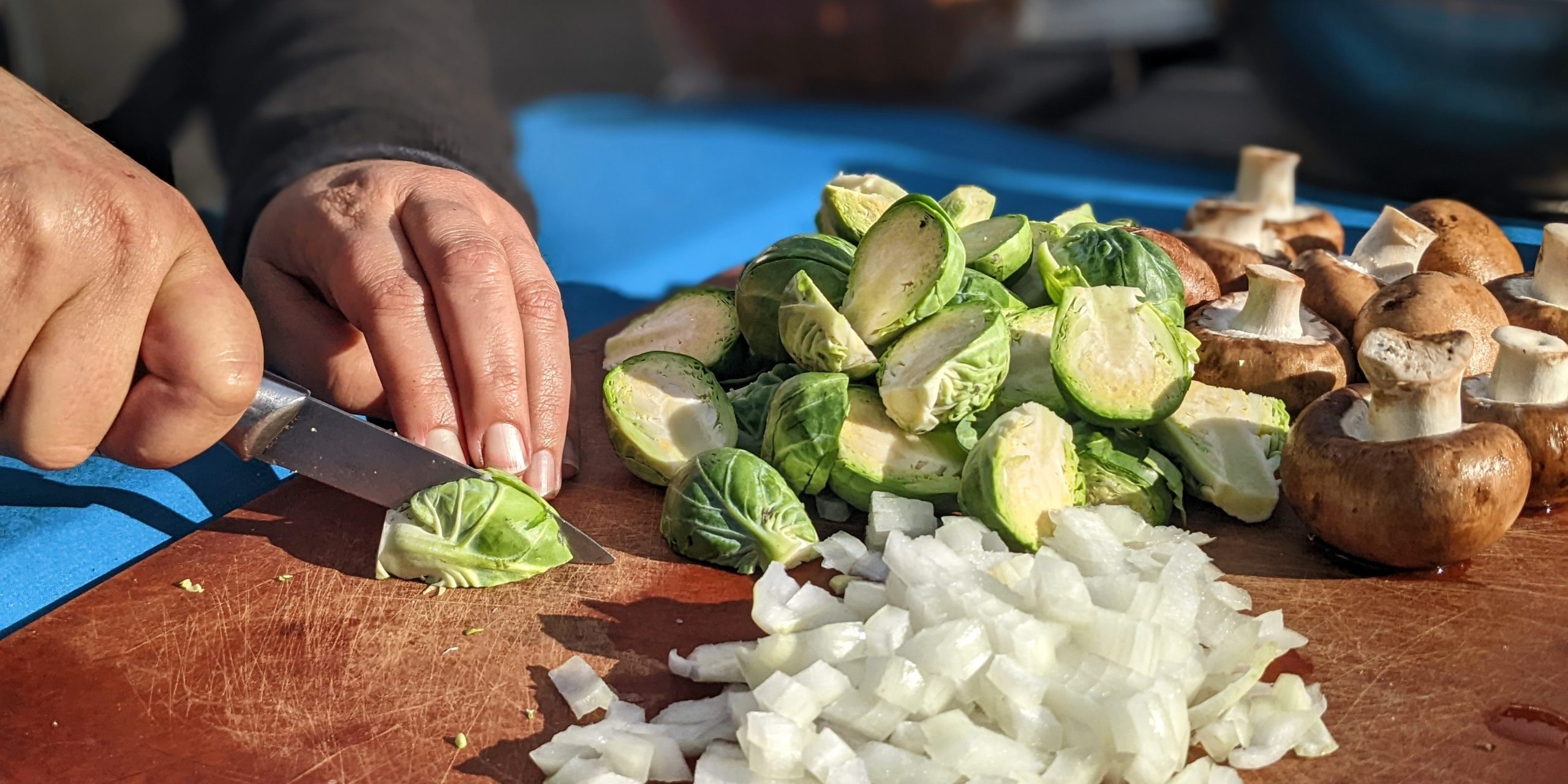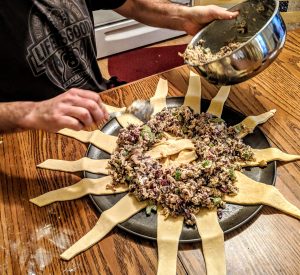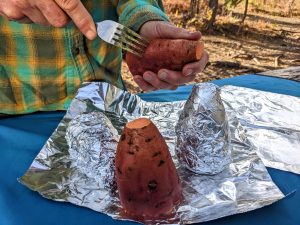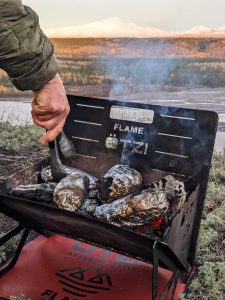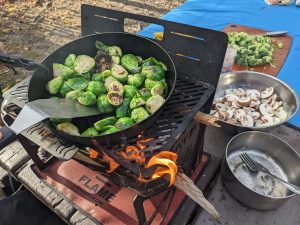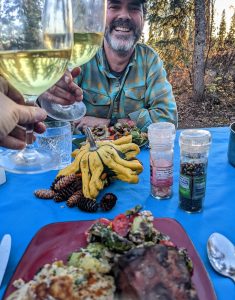Located offshore between Miami and the Florida Keys, Biscayne National Park is a boater, angler, and diver’s paradise that is not to be missed! (Especially if you are snowbirding in Florida for the winter.) The park preserves a stunning combination of crystal clear ocean waters, emerald islands, and diverse, yet vulnerable, coral reefs.
Within this fascinating 250-plus square miles, the National Park Service protects at least 10,000 years of human history. So, from native tribes and pineapple farmers to famous shipwrecks, there is so much for an RVer to explore at Biscayne National Park. (Even if you have to exit the RV and enter the water to see most of it.)
Scenic Trips
With 95 percent of Biscayne National Park covered by sparkling ocean water, boating (of all types) is one of the most popular activities in the park. Canoeing and kayaking are perfect ways to explore the shallow bays and mangrove-lined shores. You can even join a Park Ranger for a 90-minute paddling clinic if you’ve never paddled a canoe. (Or if you simply need a refresher.)
In good weather, more experienced kayakers can cross the 7-mile expanse of Biscayne Bay to Elliott or Boca Chita Keys. Among the keys, Adams Key is a popular launching spot for accessing these areas from the south. Using the islands as a base camp allows time for exploring the lagoons, creeks, and channels south of Caesar Creek. Since many of these more remote areas are too shallow for motorized vessels, canoeists and kayakers are likely to have these stunning remote places to themselves.
If viewing marine wildlife is on your list, Shallow Jones Lagoon is a great place to explore. There, you can see rays, upside-down jellyfish, tropical fish, and wading birds. Hurricane Creek, named for the fact that old-timers would tie their boats here during big storms, provides spectacular canoe and kayak opportunities as well. It also offers excellent snorkeling beneath mangrove roots. Under the surface, snorkelers can observe sea squirts, crabs, anemones, and endless marine wildlife.
Must-Visit Trails — Above and Below Water
Hiking Trails
As you might expect at Biscayne National Park, most of the exploration is by water. Even so, there are two fun hiking trails that tunnel through the tropical hardwood forest of Elliott Key. One runs across the entire seven miles of the Key. Another one-mile-long loop trail runs between the bay and ocean sides of the Key, beginning and ending at the marina. In each, be prepared for overgrown trails, as foliage grows quickly in a year-round warm and humid climate.
Underwater Exploration
Unique to the national parks, the Maritime Heritage Trail offers the opportunity to explore six documented shipwreck locations. The underwater trail takes you through a wide variety of vessel sizes and types, in addition to Fowey Rocks Lighthouse. Each site has been documented by archaeologists, and the NPS has installed vessel moorings to prevent damage from anchoring. These six sites, spanning nearly a century of history, were chosen to highlight the park’s maritime heritage. They also were selected for ease of access, quality of diving, and known history. To get the most from your visit, be sure to take advantage of the NPS educational materials. All are available in print and online — and can also be found on in-water plaques.
Of the six shipwreck sites, the Erl King, Alicia, and Lugano are best suited for scuba diving. However, the other three sites — Arratoon Apcar, Keel Showing Wreck, and Mandalay — can easily be enjoyed by snorkelers. Mandalay offers an incredible opportunity for snorkelers to experience a shipwreck in a beautiful natural setting.
Launching your own kayak or canoe is also allowed from the designated area adjacent to the parking lot. (And yes, it is free of charge.) Leaving a vehicle in the parking lot overnight is permitted while camping on one of the park island. Jus remember to stop in the visitor center to fill out a free parking permit. (And always leave a float plan behind with a friend or family member as a safety precaution.)
RV Parks & Campgrounds
As you might expect, the only campgrounds in the park are tent-only and are located on islands: Boca Chita Key and Elliott Key. That makes a lot of sense considering they can only be accessed by boat. Camping is first-come, first-serve, and it islimited to 14 consecutive nights. (Fees are nightly.) If you’re arriving by water in a personal motorized vessel, there is also a required docking fee. Both camping and docking fees can be paid via the Recreation.gov mobile app.
- Boca Chita Key is the park’s most popular island. It features beautiful waterfront views, a grassy camping area, picnic tables and grills. Toilets are available, but there are no showers, sinks, or drinking water. The harbor entrance at low tide is approximately four feet.
- Elliott Key is the park’s largest island. Restrooms with sinks and cold water showers, picnic tables and grills are available. Drinking water is available, but bring water as a precaution if the system goes down. Elliott Key harbor is approximately 2.5 feet at low tide. There are 33 boat slips in the marina.
While there are no RV campgrounds within the park boundaries, RV camping is available in the greater Homestead/Florida City areas – approximately eight to 10 miles from the park. While most are private campgrounds, a good public option is Long Pine Key Campground. (It’s located in nearby Everglades National Park). There are also a handful of Harvest Hosts and Boondockers Welcome options in the area for self-contained RVers.
Seasonal Advice
Biscayne National Park lies in a subtropical climate with sunshine year-round. Winters are normally dry and mild, with occasional fronts bringing wind and a bit of rain. Summertime brings hot and humid weather with scattered thunderstorms in the afternoons. The average high temperature in January is 77 degrees Fahrenheit. In August, it is typically around 90 degrees Fahrenheit. The average rainfall for the area is nearly two inches in January, but can be upwards of nine inches in August. So, come prepared with rain gear. Hurricane season is June 1 through November 30. Mosquitoes and other pesky insects can be present year-round. As with many parks, one visit is often not enough to see and explore all of what Biscayne has to offer. We recommend at least a few days for first-time visitors, allowing you the opportunity to also identify what you might do during a return visit!
Insider Tips!
Guided Tours
Snorkeling, Paddling, & Sailing. If you prefer to join a tour, unique combinations of these water-based, eco-adventures are offered by the Biscayne National Park Institute. Tours vary from a couple of hours to a full day accommodate different abilities, ages, and experience levels. Wildlife is typically quite abundant!
Boat Cruises. Those looking for a less active adventure in the park can hop aboard a motorized vessel to enjoy the scenery and history from the deck of a boat. Also offered by the Biscayne National Park Institute are tours of the Stiltsville “floating” houses and evening sunset cruises (November to March).
Popular Activities
Volunteer Clean-Ups/ If conservation work is up your alley, join the BNPI on a volunteer marine debris cleanup trip. Enjoy a day paddling while making a meaningful contribution to coastal habitats.
Fishing. Don’t forget this big one: AFlorida saltwater fishing license is required to cast a line. Fishing is allowed in various locations throughout the park, but off-limits in others. So, it’s important to check regulations. The park rangers even offer a Fishing Clinic during certain times of year.
Public Marina Access. If you plan to bring your own boat, Miami-Dade County operates marinas and boat ramps adjacent to the park — with Homestead Bayfront and Black Point marinas feeding directly into the park.
Indoor Activity. Artists have always played a crucial role in increasing awareness and inspiring stewardship of national parks. The Dante Fascell Visitor Center gallery provides a space where contemporary artists, inspired by the beauty of Biscayne National Park and South Florida, display their work.
